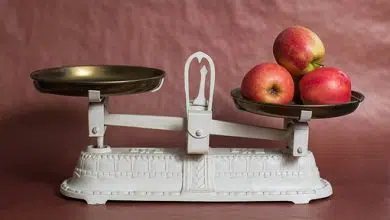Year End Inventory Cutoff Procedures: Under both periodic and perpetual methods there is a need to ensure that, when a physical count is conducted, there is a proper cut-off of the record keeping so that the accounting records reflect the results of the physical count and include all transactions relevant to the accounting period, while excluding those that belong to other periods.
For all inventory transactions (sales, purchases and returns), it is possible for inventory records to be updated before transaction details are posted to the general ledger accounts. For example, goods are normally entered into inventory records when the goods are received, but accounts payable records will not record the liability until the invoice arrives because shipping documents may not record price details.
Under the periodic method, there is a need to ensure a proper cut-off between the general ledger recording of goods received, shipped and returned, and the inventory counted. Under the perpetual method, there is a need to ensure that all inventory movements are properly recorded in the perpetual records, so a valid comparison is made between inventory counted and the perpetual record quantities.
Further, if the perpetual method is not integrated with the general ledger, there is also a need to ensure a proper cut-off between the general ledger and the perpetual records. Thus, at the end of the reporting period it is essential that proper cut-off procedures be implemented.
The following cut-off errors could arise:
• Goods have been received into inventory, but the purchase invoice has not been processed.
• Goods have been returned to a supplier, and deleted from inventory, but the credit note has not been processed.
• Goods have been sold and dispatched to a customer, but the invoice has not been raised.
• Goods have been returned by a customer, but the credit note has not been issued.
If inventory movements have been processed before invoices and credit notes, adjusting entries are needed to bring both sides of the transaction into the same accounting period.




